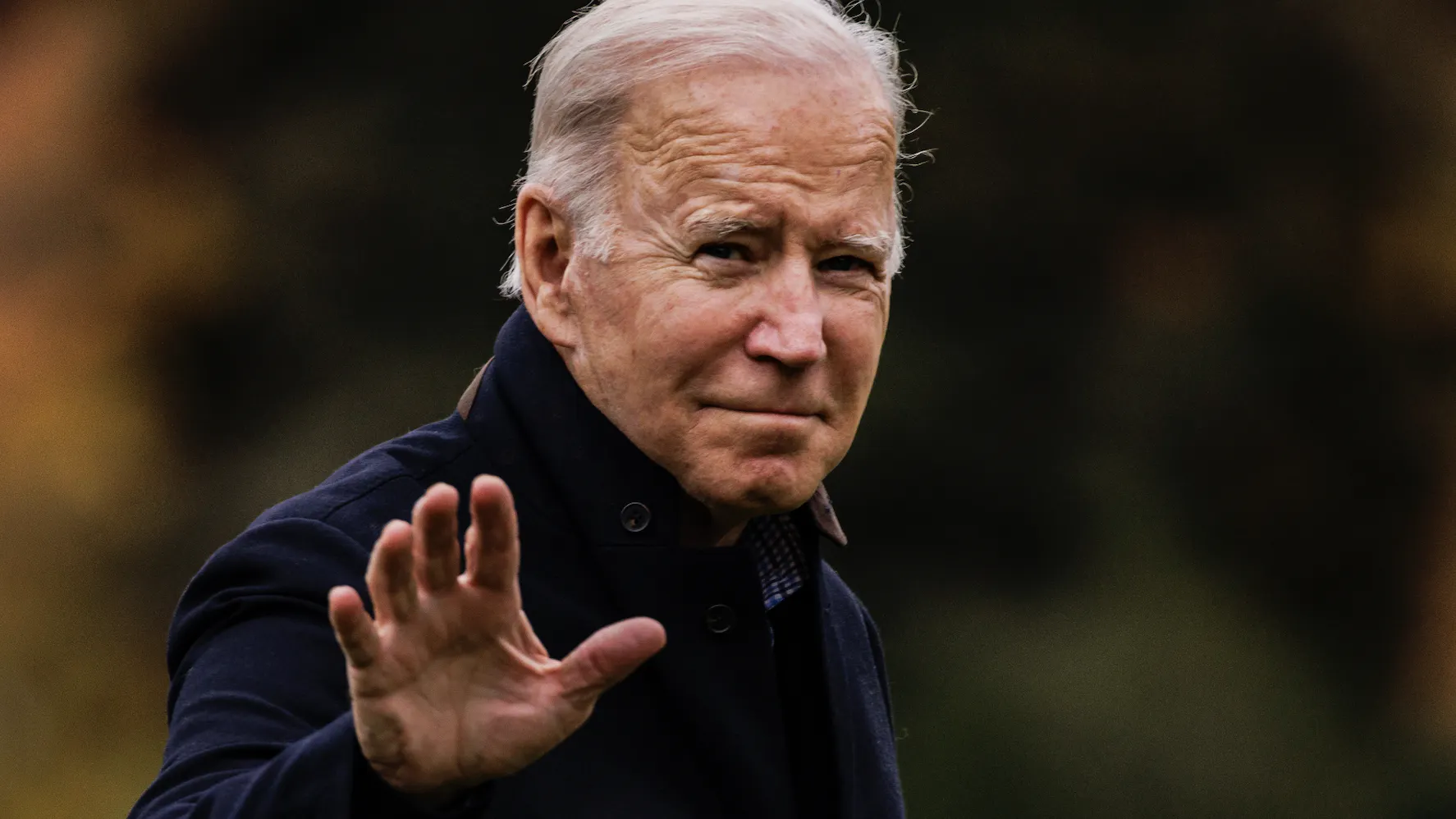The Biden administration unveiled a plan on Thursday to address looming food shortages in the Western hemisphere.
In the aftermath of COVID-19 and the lockdown-induced recession, supply chain bottlenecks have contributed to rising food prices in the United States. The worldwide food supply has more recently been impacted by the Russian invasion of Ukraine; the two nations combined produce approximately 12% of the world’s calories, including 30% of the world’s traded wheat.
Ahead of the Summit of the Americas in Los Angeles, the Biden administration announced $331 million in food security and humanitarian aid for Latin American nations.
“This contribution will complement the United States’ existing commitment to providing life-saving humanitarian assistance, responding to acute food insecurity, and advancing capacity-building activities that bolster disaster preparedness and response” across Latin America and the Caribbean, a White House statement said.
The total aid package amounts to $645 million and includes support for “refugee and migrant populations,” as well as cooperative efforts on “climate smart economic reform.”
In particular, the United States is seeking to address fertilizer shortages — a problem that has plagued the Western hemisphere and compounded low crop yields amid widespread droughts. Earlier this week, for example, Huy Fong Foods warned consumers of a “shortage of chili pepper inventory” that would cut off supplies of sriracha sauce and related products until September.
The Federal Reserve Bank of Kansas City indicated that fertilizer expenses had risen 90% in February from the previous year. The Biden administration, however, noted in the statement that it would take the fertilizer crisis and other shortages as an opportunity to invest in “climate-resilient agriculture for the future.”
A recent report from the International Food Policy Research Institute revealed that market prices for food and fertilizer increased 125% from January 2021 to January 2022, spiking again after Russia began its invasion of Ukraine. Beyond the Western hemisphere, African nations like Kenya and Ethiopia — which were already struggling with drought and related livestock deaths — are now facing compounded shortages amid the global rise in food prices. Beyond agriculture, Russia alone produces 11% of the world’s oil supply — leading to higher costs for farmers amid a lower supply of oil due to the Ukraine conflict.
“One-third of the world’s food is produced in the Americas, and the current global food crisis is an opportunity and responsibility for the region to step up to supply a greater share of the world’s commodities,” the White House statement said. “The United States will commit during the Summit to work together to increase food production for export, increase fertilizer production and transportation, and to improve agriculture efficiency through technical solutions and information exchanges.”
Alongside Canada, the United States recently assumed co-chairmanship of the Global Agricultural and Food Security Program (GAFSP) — an entity formed by leading economies to improve nutrition security worldwide. Arguing that “agriculture and climate change are inextricably linked,” the GAFSP is “accelerating its climate focus to build stronger, more sustainable agriculture and food systems by deepening the integration of climate considerations and solutions into its operations.”
In addition to other preexisting programs focused on addressing food emergencies in the Western hemisphere, the United States Agency for International Development (USAID) is continuing to provide food and livelihood services to the people of Haiti, El Salvador, Honduras, and Guatemala.

.png)
.png)

